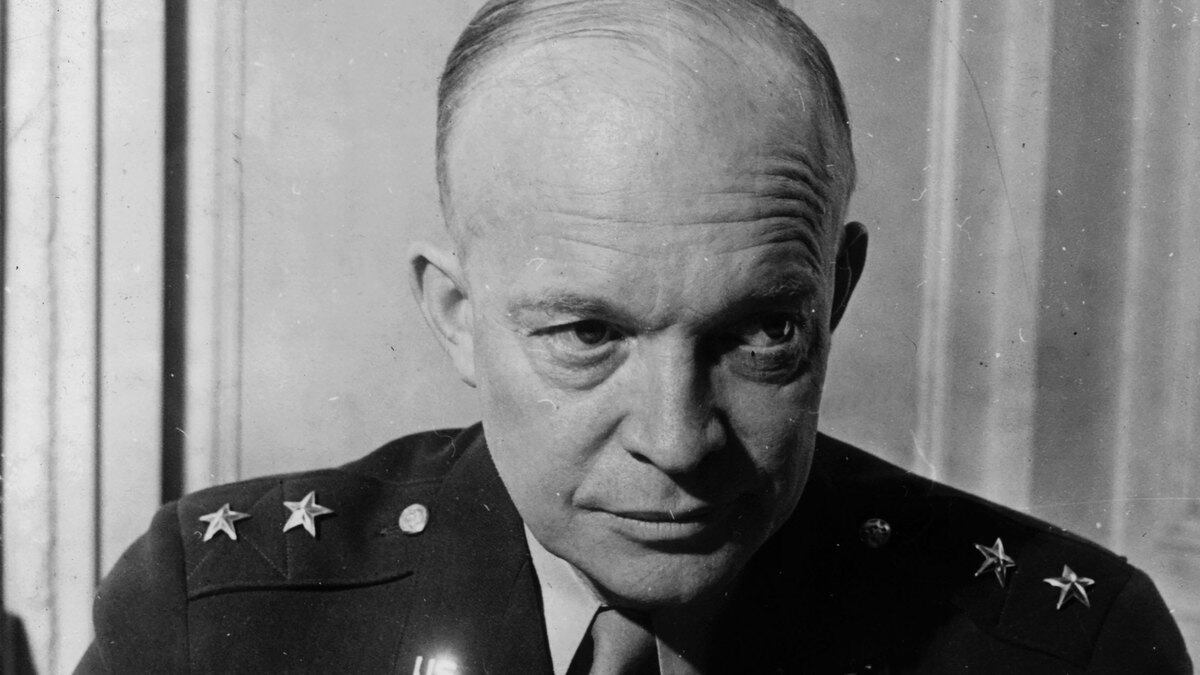Books
Topical Press Agency/Getty
Eisenhower’s Cagey Counsel on Waging War Still Works
THE ART OF THE POSSIBLE
The re-issue of Eisenhower’s memoir about his tenure as supreme commander in Europe during World War II is still plainspoken and relevant.

Trending Now





